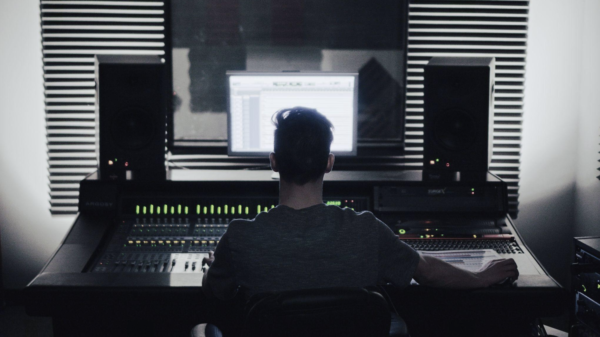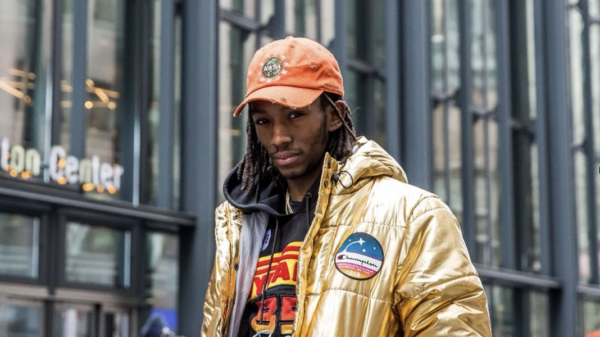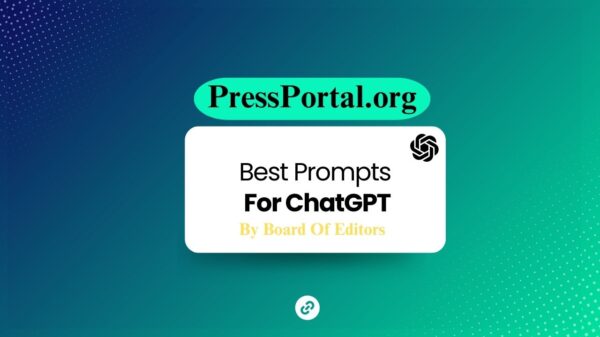Despite stiff competition on that year’s rock-legend road-show circuit—the Grateful Dead touring the massive Wall of Sound speaker system, CSNY reunited, hitting the sheds, and de-uniting in record time—there was only one outing anybody meant when they said Tour ’74. That January and February, Bob Dylan and The Band reunited for 39 shows in 21 cities, their first jaunt together—and Dylan’s first, period—since the notorious 1966 world tour that would feed rock’s early bootleg industry.
After 1966, Dylan had played sporadically—a full set with The Band at the Isle of Wight in 1969, a few solo songs at the Concert for Bangla Desh in 1971—but he hadn’t toured since then. His absence was defining for both him and rock. His return meant a rush for tickets, which were available via write-in lottery. Tour ’74 was Dylan’s first-ever arena tour—a rock commonplace by 1974 that had not even been imaginable in 1966.
Tour ’74 was rapturously received, garnering wall-to-wall press coverage; Rolling Stone named it Event of the Year for 1974 (RS 178) and ran a very funny series of Polaroid shots of culture heroes (Warren Beatty, Cher, Carole King, Joan Baez) from the L.A. finale (RS 157), whose four shows provided the bulk of the two-LP souvenir, Before the Flood. The photos were accompanied by quotes along the lines of the then-eight-months-along King’s: “I was so ecstatic and it was so wonderful, I thought I was going to have the baby right then!”
Before the Flood reflected the full show—the Band and Dylan interspersing segments alone and together, each playing from their catalog. The 1974 Live Recordings tells a much different story than Before the Flood, and not just because it’s 27 damn CDs long. (Even at that length, the box doesn’t include each of the tour’s 39 shows—just the ones that were professionally recorded. And plenty of songs are missing—thank heavens.) For one thing, despite the billing, none of The Band’s songs are here—as with other recent vault clearances, The 1974 Live Recordings exists to extend Sony’s ownership of its Dylan copyrights. For another, this music really did morph and shift in measurable, sometimes engrossing ways over that six-week flurry; the Dylanologists weren’t just whistling “Hero Blues.”
Editor’s picks
That early obscurity—unreleased circa 1963’s The Freehweelin’ Bob Dylan, played three times in 1963, shelved after the first two shows of Tour ’74, at Chicago Stadium—shows us how keenly Dylan had watched his own bootleg market. He could not only play unreleased songs like “Hero Blues” and “Nobody ’Cept You,” but even open the entire tour with the former, and know that at least a few people in the audience would know and get it.
The demand to get into the shows was so high, the workload was so heavy—up to five hours total onstage time per day—and the newness of singing in an arena all played their part in contributing to a hard partying atmosphere. This was starting to show up, unavoidably, in the vocals. In the box’s liner notes, writer-musician Elizabeth Nelson neatly draws the line between Dylan’s full-throated vocal approach on this tour and his voice’s audible deterioration in the years since. The effect is, at times, akin to Dylan as Shouty Al Pacino—overwhelming you with bravado, often mesmerizing even when (sometimes badly) misguided. Sometimes he simply bellowed—or, as on “Just Like a Woman” from Disc 11—Charlotte, North Carolina, otherwise a meaty show—practically lowed like a cow..
But that’s not all he did. Dylan’s mood is, above everything, expansive. The combativeness that marks Before the Flood is there in the early shows, but the nerves are showing and it’s more defensive than assaulting. The fever pitch is audible from the go, however. It’s worth recalling that neither “All Along the Watchtower,” “Lay, Lady, Lay,” “Knockin’ on Heaven’s Door,” nor the brand-new “Forever Young” had been played by Dylan on tour before. “Forever Young” hardens into a warhorse before our ears—not because it lacks passion, but because Dylan’s commitment means he’s perfecting it night to night more than moving around within it. He does more that way with “Knockin’,” and “Watchtower” takes after Hendrix rather than Dylan’s tight, fleet trio take from John Wesley Harding. But the way “Lay” becomes a bawdy come-on (rather than the soft-focus, candlelight-dinner type of the hit single) says plenty about the tenor of things.
Related
Take the fate of another song that barely made it out of the tour: “Wedding Song,” like “Forever Young” off the tour-concurrent LP Planet Waves, also cut with The Band. “Wedding Song,” on the box six times, is an intense song, an emotional commitment even if you just speed through it. Similarly, “Nobody ’Cept You,” a Planet Waves outtake that wasn’t issued until 1991, on the first Bootleg Series box. Dylan plays it in the shows that appear on Discs 1 through 8 here—the sum total of his performances of the song onstage. Both songs are nakedly devotional. They elicit fiery performances. But songs like these just didn’t jibe with the atmosphere.
Often, the real fireworks came during the solo acoustic performances. Dylan is actively investigating “Gates of Eden” and “It’s Alright, Ma (I’m Only Bleeding),” in particular. The most widely reported part of the shows themselves was always the cheers that accompanied “It’s Alright, Ma,” which Dylan performed solo nightly—specifically, in the midst of Watergate, the line “But even the president of the United States/Sometimes must have to stand naked.” (Ray Padgett’s essential live-Dylan Substack newsletter Flagging Down the Double E’s included a supercut of every then-available version of this moment from the tour, labeled: “For true sickos only.”) But what grows ever more impressive is just how many facets of these songs that Dylan finds in reading after reading.
Trending
The shows themselves progress in similar ways. Early on, with the set lists still in flux, the playing has a country-rock restraint that’s typified by Robbie Robertson’s guitar—it hits all the marks but seems caged. But during the middle stretch, everyone limbers up—Discs 15 and 16, afternoon and evening shows in Houston, are particularly loose and swinging, Robbie uncoiling like a snake. At the end of the second Houston show, Dylan even starts talking a little bit on the microphone. (“On behalf of myself and the Band, we wanna thank ya, goodnight!”) And the tempos ramp up considerably, leading to the hurricane-like official souvenir.
The four final shows of the tour, in L.A., yielded most of Before the Flood (only one song came from another venue: the “Knockin’ on Heaven’s Door” on Disc 17, from Madison Square Garden). But even in the wake of many even more intriguing performances, it’s easy to hear why Flood came from one place—the L.A. performances do feel like a culmination of what came before. But they are, happily, no longer the last word.



























